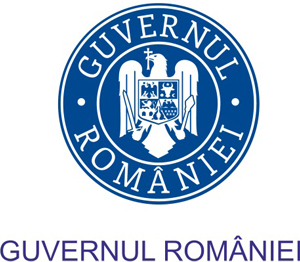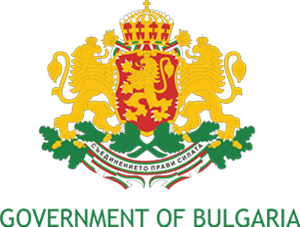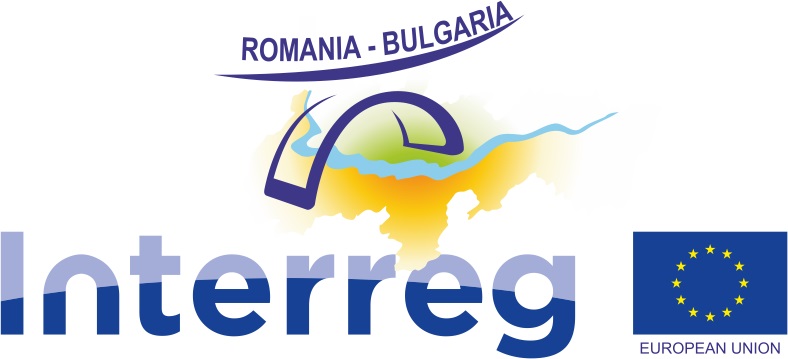Rousse
General overview
Key economic sectors in the area are the services and industry that form the bulk of the GVA. Although the area has significant potential for the development of agriculture, services are the main economic sector.
Among the strengths of the Ruse District, highlighted in the regional development strategy of the region, stand out its key location on two European transport corridors, the connection established with Romania through the Danube Bridge, allowing quick access and exchange with the neighboring country, as well as with other European countries from the Danube region. Among the favorable conditions that support the development of the economy are the opportunities for development of agriculture, opportunities for development of tourism and potential for development of the industry. The area has excellent weather conditions for both tourism and agricultural development. The district has a relatively good educational and qualification status of the population and high potential for qualification and re-qualification due to the established system of educational institutions.
Among the weaknesses are mostly the unfavorable demographic trends, such as aging population, negative natural growth, high mortality rates and the risk of depopulation of small settlements. Although the area as a whole has a high share of urban population, the overall trend is towards population decline due to migration and negative natural growth. There are large disproportions in the age structure and reduction of the economically active population. There is a continuing disparity between the proposed and sought-after qualifications on the labor market and insufficient interaction between the educational structures and the business in the region. Utilization of natural and cultural-historical sites in view of the development of tourism is insufficient.
Development opportunities are mainly on transport and road infrastructure by maximizing the potential associated with the key geographic location of the area. Opportunities for cross-border transfer of good practices and innovations in all spheres of socio-economic development as well as unrestricted movement of people, goods, services and capital as a result of joining the Schengen area and the euro area. All of this will provide opportunities for industry development in the region and increased inflow of foreign direct investment. One of the opportunities ahead of the area is the forthcoming application for European Capital of Culture 2019.
The threats are related to the continuing unfavorable demographic trends - outflow of young people, increased migration, especially of young and highly educated cadres, depopulation of settlements and the continuing decline in their economic functions, as well as possible adverse consequences for the area related to the construction on Danube Bridge 2 at Vidin - Calafat.
Demographic and social characteristics of the population
Settlements and population size
Age and education structure of the population
Migration of the population
Household income and expenditure
Trends in the development of the local economy
Macroeconomic indicators
Enterprises
Leading economic sectors
Strategic priorities in the development of the local economy
The vision of Ruse District, which is part of the 2014-2020 development strategy, is an area of national importance that is an integral part of the Danube area with a well-developed economy and infrastructure comparable to European standards of quality of life, preserved natural and cultural heritage, as a significant factor in national, transnational, interregional, cross-border and European cooperation, combining in the most effective way the potential of local resources for sustainable, inclusive and intelligent growth.
The main strategic objective of the area is:
Intensive and sustainable economic, social and territorial development, creating the conditions for achieving a standard of living comparable to that of developed European countries. Establishment of the Ruse District as a Priority Center for Bulgaria in the Danube Region and Driving Force in the North Central Region of Interregional, Transnational and Cross-Border Cooperation.
The four main strategic objectives outlined in the New Strategic Framework for the period 2017-2020 are:
- economic convergence at an intra-regional, national and European level by developing the own potential of the Ruse region and the use of European mechanisms;
- social cohesion by overcoming inter-regional and intra-regional disparities in the social sphere, reducing the risk of social exclusion and creating conditions for the development and realization of human capital;
- territorial cohesion through a balanced, integrated and sustainable development of the transport and communication infrastructure in the area, improvement of the urban environment and intensification of interregional, cross-border and transnational cooperation;
- environmental protection and energy efficiency;
In order to achieve the strategic objectives, some of the outlined priorities include support for enhancing the competitiveness of small and medium-sized businesses and the development of a knowledge-based economy, innovation and new technologies; promoting the development of the agrarian sector in the region and the diversification of economic activities in smaller settlements with the potential to do so by introducing alternative productions and services; conservation and development of the potential of the natural resources and the cultural and historical heritage in the region aimed at promotion and strengthening of the tourist sector; development of transport and communication infrastructure in the area, extension of inter-regional, cross-border and transnational cooperation. Particular attention is paid to building a sustainable and developed labor market that will contribute to an inclusive and sustainable growth of human capital by improving access to education, health, social and cultural services and the development of sport.






